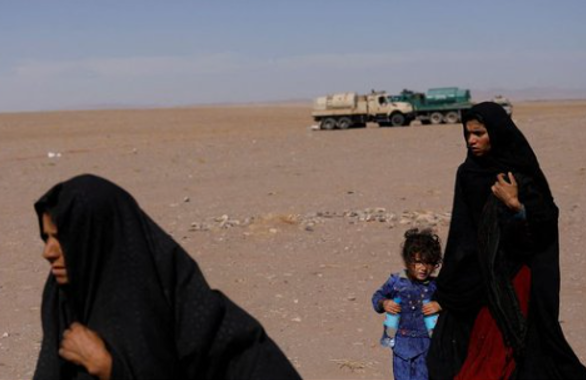26 poorest countries in worst financial shape since 2006: World Bank
17-Oct-2024Two thirds of the 26 poorest countries are either in armed conflicts or have difficulty maintaining order because of institutional and social fragility

The world's 26 poorest countries, home to 40 per cent of the most poverty-stricken people, are more in debt than at any time since 2006 and increasingly vulnerable to natural disasters and other shocks, a new World Bank report showed on Sunday.
The report finds that these economies are poorer today on average than they were on the eve of the Covid-19 pandemic, even as the rest of the world has largely recovered from Covid and resumed its growth trajectory.
The 26 poorest economies studied, which have annual per-capita incomes of less than $1,145, are increasingly reliant on IDA grants and near-zero interest rate loans as market financing has largely dried up, the World Bank said. Their average debt-to-GDP ratio of 72 per cent is at an 18-year high and half of the group are either in debt distress or at high risk of it.
Two thirds of the 26 poorest countries are either in armed conflicts or have difficulty maintaining order because of institutional and social fragility, which inhibit foreign investment, and nearly all export commodities, exposing them to frequent boom-and-bust cycles, the report said.
"At a time when much of the world simply backed away from the poorest countries, IDA has been their lifeline," World Bank chief economist Indermit Gill said in a statement.
"Over the past five years, it has poured most of its financial resources into the 26 low-income economies, keeping them afloat through the historic setbacks they suffered."







